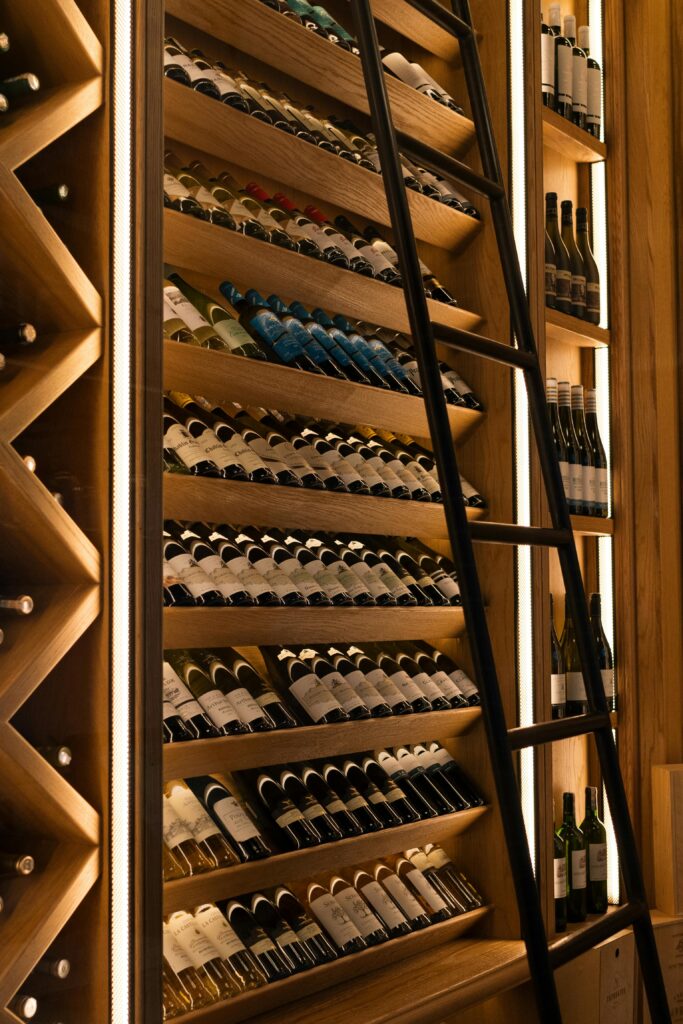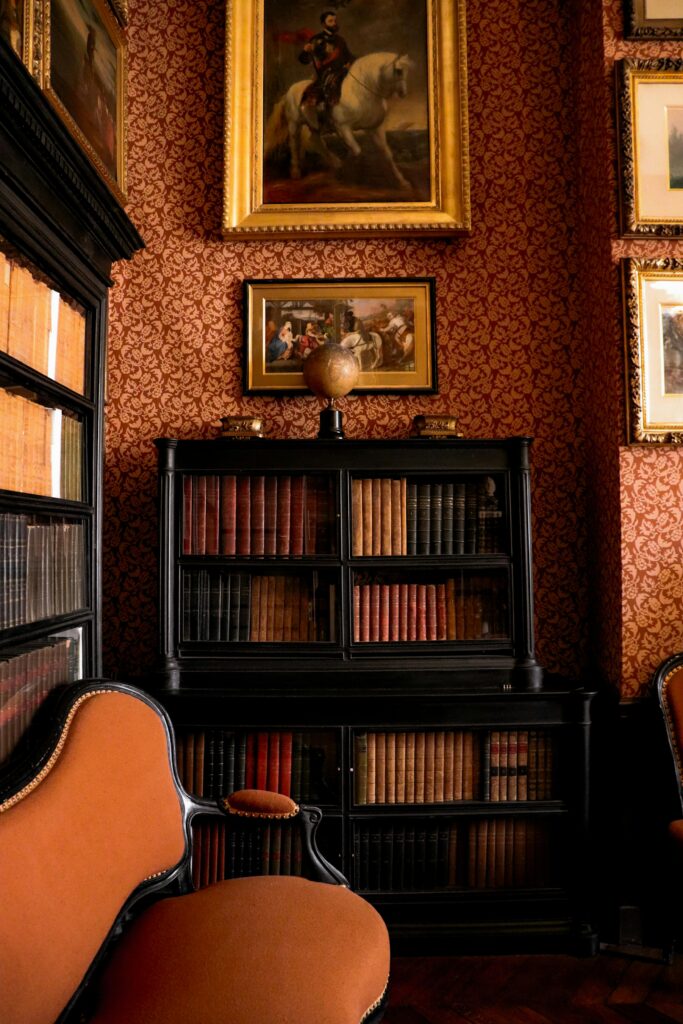Picture this: your teenager’s drone hobby collides with your mother-in-law’s afternoon prayers, while your aging parents navigate smart home controls that feel like rocket science. In Dubai’s luxury residential landscape, creating a home that harmoniously serves four generations under one roof has become both an art and a necessity. With over 60% of UAE families now embracing multi-generational living arrangements according to recent demographic studies, the challenge extends far beyond square footage. Premier residential design specialists are pioneering a revolutionary approach that weaves together cutting-edge technology, accessibility features, and cultural reverence into cohesive luxury environments. This isn’t about compromise—it’s about creating spaces where every generation thrives while honoring the deep-rooted family values that define Emirati and expatriate communities alike.

This Photo was taken by Anna Nekrashevich.
The generational symphony: understanding diverse living rhythms
The modern multi-generational home functions like a complex orchestra, where each generation plays its unique part in creating familial harmony. Dubai’s premier residential design specialists have identified distinct lifestyle patterns that emerge across age groups, fundamentally reshaping how luxury spaces must be conceived and executed.
Children and teenagers demand dynamic, technology-integrated environments that can adapt throughout the day. Their spaces require robust Wi-Fi infrastructure, flexible furniture systems, and sound management solutions that contain their energy without stifling creativity. Meanwhile, working adults need sophisticated home offices, entertainment zones for networking, and transition spaces that help them decompress from Dubai’s fast-paced business environment.
Senior family members bring entirely different requirements to the equation. They value accessible design features, natural lighting that supports aging eyes, and spaces that facilitate both solitude and social connection. Cultural considerations become paramount here, particularly in Emirati households where elders hold positions of deep respect and their comfort directly influences family dynamics.
Technology integration across generations
The technology divide presents one of the most fascinating challenges in contemporary multi-generational design. While younger family members embrace smart home systems intuitively, older generations often require different interfaces and backup systems. Premium design firms now install dual control systems: sophisticated app-based controls for tech-savvy users alongside traditional switches and analog backups for comfort-oriented users.
| Generation | Primary Tech Needs | Design Integration Strategy |
|---|---|---|
| Gen Z (5-25) | Gaming setups, charging stations, high-speed connectivity | Hidden cable management, modular furniture, acoustic isolation |
| Millennials (26-41) | Home offices, smart appliances, entertainment systems | Flexible work-life zones, integrated storage, multi-purpose areas |
| Gen X (42-57) | Security systems, climate control, lighting automation | Intuitive interfaces, maintenance-free solutions, energy efficiency |
| Boomers (58+) | Health monitoring, safety features, simple controls | Large buttons, voice activation, emergency systems |
Cultural harmony through spatial storytelling
In Dubai’s multicultural landscape, successful multi-generational homes become living narratives that honor diverse heritage while creating unified family identity. This requires design specialists who understand that cultural fusion extends beyond decorative elements into functional spatial relationships.
Traditional Emirati families often require specific spatial arrangements that respect Islamic principles while accommodating modern living patterns. Prayer spaces need proper orientation and acoustic privacy, while majlis areas must facilitate both formal gatherings and casual family interactions. Expatriate families bring their own cultural spatial requirements, creating opportunities for design narratives that celebrate multiple heritages simultaneously.

This Photo was taken by Pixabay.
Privacy zones and connection spaces
The most successful multi-generational designs create what specialists call “privacy gradients”—spatial sequences that allow family members to control their level of interaction throughout the day. These aren’t walls or barriers, but thoughtfully designed transitions that respect individual autonomy while maintaining family connectivity.
Master suites become private retreats with sitting areas, work spaces, and even kitchenettes for ultimate independence. Teen areas include separate entrances when possible, allowing young adults to feel autonomous while remaining integrated into family life. Elder spaces balance accessibility with dignity, featuring elegant grab bars, walk-in showers designed like luxury spas, and sitting areas positioned for optimal social connection.
Accessibility meets luxury: the seamless integration
The misconception that accessible design compromises aesthetic excellence has been thoroughly debunked by Dubai’s leading residential specialists. Contemporary multi-generational luxury homes incorporate universal design principles so seamlessly that accessibility features enhance rather than detract from visual appeal.
Ramps become sculptural landscape elements. Wide doorways create gracious spatial flow for all users. Lower counter sections provide accessible work surfaces while maintaining the clean lines of luxury kitchen design. Lever-style hardware replaces traditional knobs throughout the home, offering easier operation for arthritic hands while contributing to contemporary aesthetic appeal.
Aging in place with dignity
Forward-thinking multi-generational designs anticipate changing needs over time. Bathroom walls receive reinforcement during construction to accommodate future grab bar installation. Master bedroom layouts include space for potential mobility equipment without compromising luxury finishes. Kitchen islands incorporate height-adjustable sections that serve multiple generations and adapt to changing physical capabilities.
These considerations extend into technology integration, where voice-activated systems provide independence for family members with mobility challenges while offering convenience for busy younger generations. Sustainable design elements like improved air quality systems and natural lighting optimization benefit all generations while supporting long-term health outcomes.

This Photo was taken by Krisztina Papp.
Zoning strategies for harmonious coexistence
Effective multi-generational design relies on sophisticated zoning strategies that go far beyond traditional room layouts. Premium residential specialists create what industry leaders call “lifestyle zones” that respond to different activity patterns, noise levels, and privacy requirements throughout the 24-hour cycle.
Morning zones accommodate early risers with coffee stations, exercise areas, and workspaces positioned away from sleeping quarters. Evening zones include entertainment areas, casual dining spaces, and relaxation environments designed for family gathering. Quiet zones provide refuges for reading, homework, prayer, or simply decompressing from social interaction.
Acoustic design for peace
Sound management becomes critical in multi-generational environments where teenagers’ gaming sessions, working adults’ video conferences, and seniors’ television preferences must coexist peacefully. High-end residential projects now incorporate architectural acoustics from the design phase rather than treating sound control as an afterthought.
This includes strategic placement of buffer zones like walk-in closets and bathrooms between bedrooms, specification of sound-absorbing materials that complement luxury finishes, and installation of white noise systems disguised as water features or air circulation systems. The result


